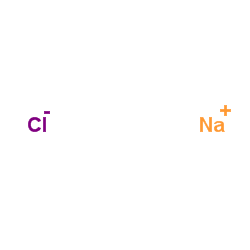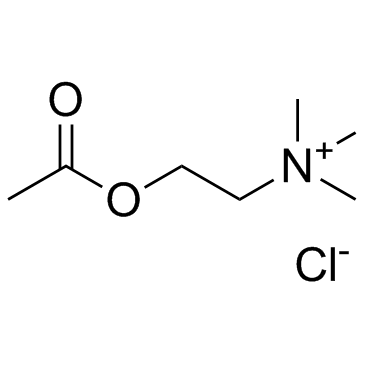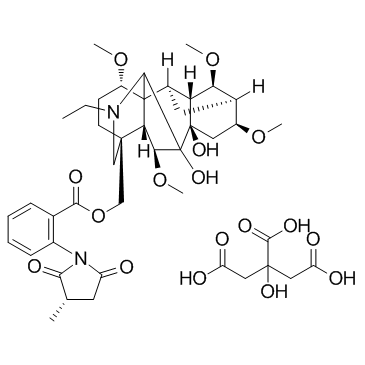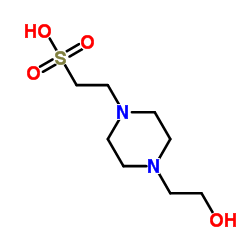| Structure | Name/CAS No. | Articles |
|---|---|---|
 |
Hydrogen bromide
CAS:10035-10-6 |
|
 |
sodium chloride
CAS:7647-14-5 |
|
 |
L-Nicotine
CAS:54-11-5 |
|
 |
Acetylcholine chloride
CAS:60-31-1 |
|
 |
Water
CAS:7732-18-5 |
|
 |
Methyllycaconitine citrate
CAS:112825-05-5 |
|
 |
ATP disodium salt hydrate
CAS:34369-07-8 |
|
![Guanosine 5′-[β-thio]diphosphate trilithium salt Structure](https://image.chemsrc.com/caspic/455/97952-36-8.png) |
Guanosine 5′-[β-thio]diphosphate trilithium salt
CAS:97952-36-8 |
|
 |
HEPES
CAS:7365-45-9 |
|
 |
Mycophenolic acid
CAS:24280-93-1 |